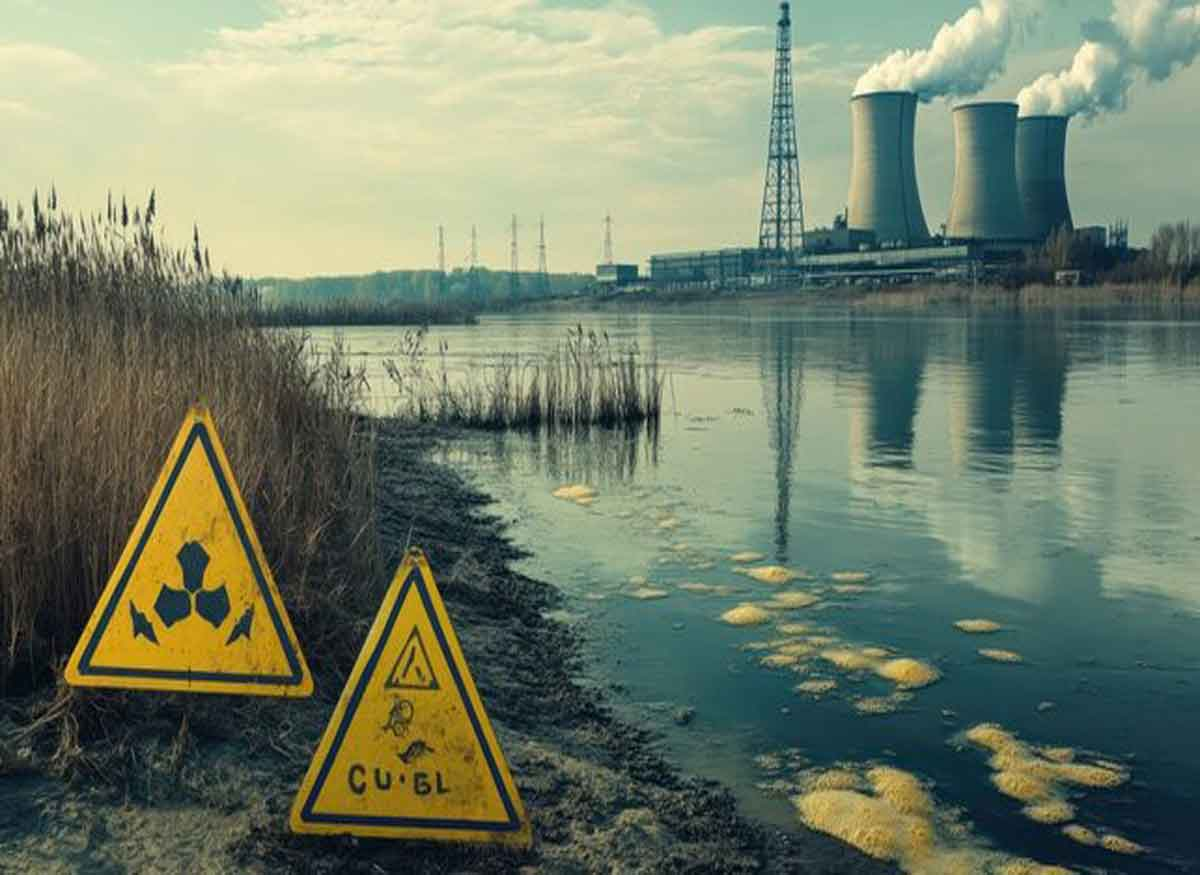
Nuclear weapon radioactive fallout is more than a symbol of the Cold War. It is a long-term global issue that influences military strategy, public health policy, and environmental policy. Knowing how fallout disperses, who it harms, and what it portends for the future is crucial for anyone with an interest in defense and security.

The history of fallout starts with the first nuclear test, the Trinity test in New Mexico on July 16, 1945. This explosion inaugurated the nuclear age and created the scene for decades of testing in the air. Studies by Princeton’s Program on Science and Global Security indicate that Trinity and almost 100 follow-up U.S. atmospheric nuclear tests conducted between 1945 and 1962 dispersed radioactive contamination to 46 of the 48 contiguous states, and even regions of Canada and Mexico.

Fallout did not remain local—it traveled thousands of miles on winds and weather patterns. Plutonium from Trinity even contaminated Crawford Lake in Canada within days, leaving scientists with a stark indicator of human activity on the planet. Nevada, Utah, Wyoming, Colorado, Arizona, and Idaho were the most affected states, and many tribal lands continue to be outside federal compensation schemes.

The human cost was—and continues to be—significant. Approximately half a million individuals resided within 115 miles of Trinity, with many unaware of the hazard. Children played in radioactive ash, and numerous others exposed later contracted cancer. Even now, compensation measures fell short, and some affected communities remain unsupported. Fallout did not discriminate; it covered towns, tribal lands, and remote areas equally.

Scientific developments today enable scientists to recreate past weather conditions in exquisite detail. By mapping winds and atmospheric conditions to heights of 30,000 feet, scientists can see how radioactive particles traveled following each test. Today’s simulation software, such as HYSPLIT and the Nuclear War Simulator, further enhances these projections, illustrating how fallout could distribute following a detonation, whether from a test or an attack.

The medical and environmental effects of fallout are both short-term and long-term. Fallout consists of hundreds of radionuclides. Some, such as cesium-137, persist in the environment for decades, but others, such as iodine-131, have short half-lives but produce acute medical problems.

Exposure may be by inhalation, ingestion, or direct contact, and radioactive-contaminated food or animals may carry radiation thousands of kilometers away from the site of the blast. Though most of the fallout from testing in the mid-20th century has decayed, fallout 10–20 miles downwind of a blast is still very dangerous.

For contemporary nuclear warfare, the threat is worse. Modeling of planned attacks on U.S. missile silos using 800-kiloton warheads indicates the fallout clouds to rise over 16 kilometers and spread across North America. Models estimate that as many as one to two million individuals would die of radiation alone, even assuming temporary shelter and food.

Nearby communities around silos—in Montana, North Dakota, South Dakota, Nebraska, and Minnesota—would receive doses far in excess of lethal doses, with acute radiation sickness and higher cancer rates inevitable. Weather, wind, and rain would affect the fallout, but more than half of the contiguous U.S. would have more than double the present safety standards for radiation exposure.

The effect wouldn’t be limited to national borders. Massive nuclear conflict—whether between superpowers or in a regional war—would have global environmental impacts. Colossal fires would loft soot high into the stratosphere, darken the skies, and initiate a process called nuclear winter. Even a minor exchange would drop global temperatures significantly, upset rainfall, and lead to famine. An exhaustive exchange would bring the northern hemisphere into a “nuclear Little Ice Age,” upset agriculture for centuries, and change ocean ecosystems for millennia.

To understand fallout is not merely an intellectual exercise—it’s essential for military strategy, emergency planning, and policy. Knowing the behavior of radioactive particles in transport, settling, and lingering determines everything from silo siting to disaster response protocols. So long as there are nuclear weapons, fallout—whether from testing, accidents, or war—will continue to be one of humanity’s most urgent fears for survival and security worldwide.
